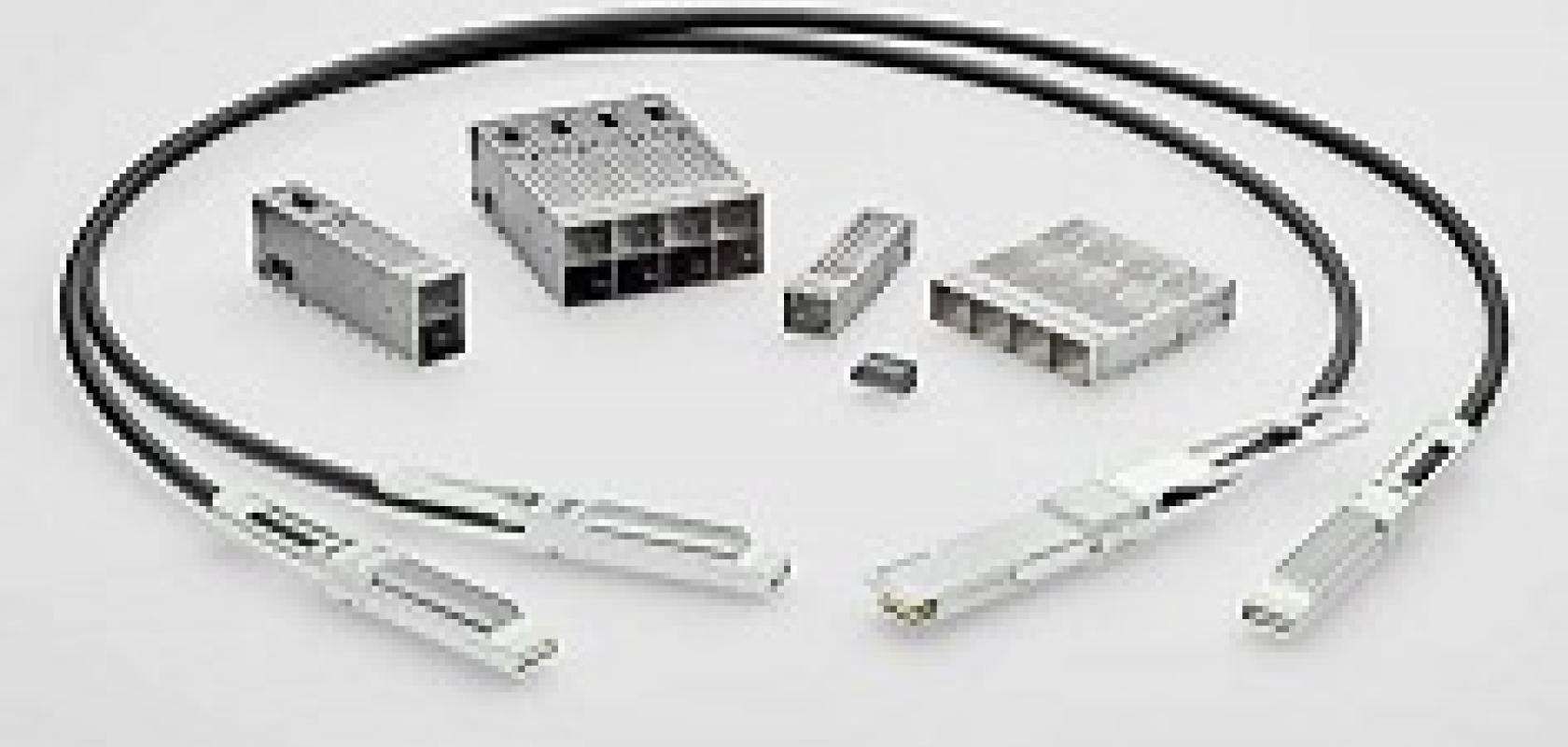Connectivity and sensor specialist TE Connectivity has launched a new line of micro quad small form-factor pluggable (microQSFP) connectors and cages for the next generation of pluggable optical interconnects.
MicroQSFP interconnects can help solve key challenges relating to bandwidth, thermal performance and energy costs in data centres as data rates go ever higher.
The MicroQSFP form factor delivers QSFP28 functionality in a smaller, generally SFP-sized design while providing significantly better thermal performance. It provides 33 per cent higher density than the QSFP form factor, enabling equipment makers to fit more ports on a standard line card.
TE is the first to market with microQSFP products, perhaps not surprisingly considering that it led the formation of the microQSFP multi-source agreement (MSA) group.
The MSA group, which also includes 19 other suppliers and manufacturers in the industry, is creating an industry-wide ecosystem for microQSFP, to ensure that products can be easily adopted and integrated into existing data centre designs.
‘At a time when faceplate real estate and thermal performance are at a premium, TE’s microQSFP products deliver on both counts,’ said Phil Gilchrist, CTO, TE Data and Devices. ‘The technological innovations of TE’s microQSFP products can revolutionize the industry by enabling customers to place up to 72 ports of 100Gb/s each on a 1RU line card.’
The new microQSFP connectors deliver 56Gb/s performance to support next-generation designs with backward compatibility to 28Gb/s. Built-in fins on TE’s new connectors allow air to flow from the faceplate to the interior of the equipment, which helps microQSFP deliver significantly better thermal performance than QSFP28 and other popular form factors.

